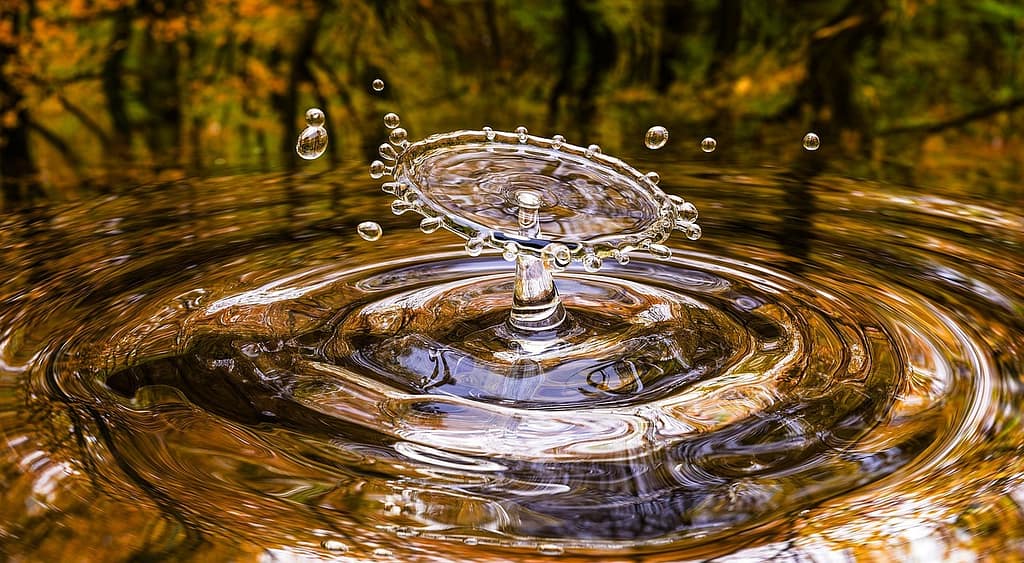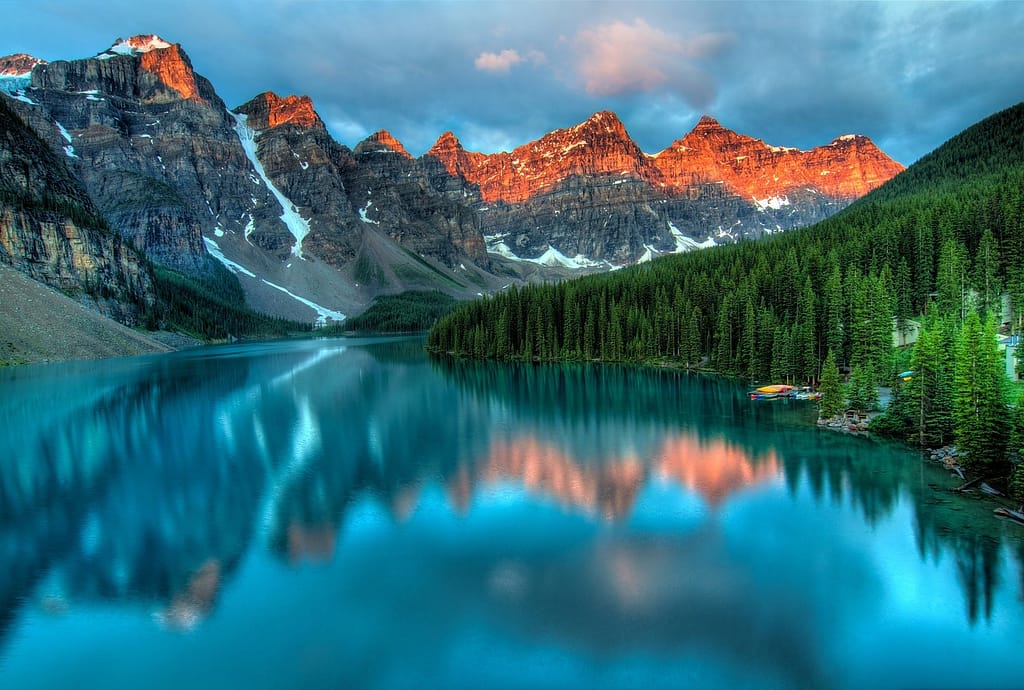Introduction
Wetlands are among the most productive and vital ecosystems on our planet. Covering only 6% of the Earth’s surface, they store more carbon than any other ecosystem. Yet, many people overlook their significance. In this article, we will explore the importance of wetlands, their ecological roles, and why we must protect these precious environments.
Understanding Wetlands
Definition and Types of Wetlands
Wetlands are areas where water covers the soil or is present near the surface for varying periods. They are categorized into four main types:
- Marshes: Wetlands dominated by herbaceous plants like grasses and reeds.
- Swamps: Wetlands with standing water and trees or shrubs.
- Bogs: Peat-rich wetlands, usually fed by precipitation.
- Fens: Peat-forming wetlands fed by groundwater, rich in minerals.
Global Distribution of Wetlands
Wetlands are found worldwide, from the tropical rainforests of the Amazon to the temperate regions of North America. Major wetland regions include the Everglades in the United States, the Amazon River Basin in South America, and the Pantanal, the world’s largest tropical wetland, spanning Brazil, Bolivia, and Paraguay.
Wetland Formation and Dynamics
Wetlands form through a combination of hydrology, soil composition, and vegetation. Hydrology refers to the water presence, whether through flooding, precipitation, or groundwater. The soil in wetlands is often rich in organic matter, creating unique conditions for plant life. Vegetation in wetlands is specially adapted to saturated conditions, playing a crucial role in their ecological function.

Ecological Importance of Wetlands
Biodiversity Hotspots
Wetlands are biodiversity hotspots, providing habitat for a wide range of flora and fauna. They support endangered and rare species, serving as crucial breeding grounds and nurseries for fish, amphibians, birds, and mammals. The diversity of plant life in wetlands also supports various insects and microorganisms, contributing to a rich and complex ecosystem.
Nutrient Cycling
Wetlands play a significant role in nutrient cycling, particularly nitrogen and phosphorus. They act as natural filters, trapping and breaking down pollutants, and transforming them into less harmful substances. This process helps maintain the balance of nutrients in water bodies, preventing problems like algal blooms that can harm aquatic life.
Water Purification
One of the most vital functions of wetlands is water purification. They act as natural filtration systems, removing pollutants and sediments from water. Wetland plants and soils absorb heavy metals, toxins, and excess nutrients, improving water quality. This purification process is crucial for maintaining healthy ecosystems and providing clean water for human use.
Wetlands and Climate Regulation
Carbon Storage
Wetlands, especially peatlands, are significant carbon sinks. They store large amounts of carbon in their soils, which helps mitigate climate change. Peatlands alone store more carbon than all the world’s forests combined. By trapping carbon dioxide, wetlands play a critical role in regulating the Earth’s climate.
Flood Control
Wetlands act as natural flood barriers, absorbing excess water during heavy rains and releasing it slowly. This reduces the risk of flooding in surrounding areas, protecting communities and infrastructure. Wetlands also help recharge groundwater supplies, ensuring a steady flow of water during dry periods.
Temperature Regulation
Wetlands contribute to local climate regulation by influencing temperature and humidity levels. The water and vegetation in wetlands create microclimates that can moderate temperatures and provide a cooling effect, benefiting both the environment and nearby human populations.

Socio-Economic Benefits of Wetlands
Fisheries and Aquaculture
Wetlands are essential for fisheries and aquaculture. They provide breeding grounds and nurseries for many fish species, supporting both commercial and subsistence fishing. Healthy wetlands contribute to robust fish populations, which are vital for food security and livelihoods, particularly in developing regions.
Agriculture
Wetlands support agriculture in several ways. In some parts of the world, such as Southeast Asia, rice paddies are a type of wetland farming. Wetlands also enhance soil fertility by retaining nutrients and providing water for irrigation. This makes them crucial for sustainable agricultural practices.
Tourism and Recreation
Wetlands offer numerous opportunities for tourism and recreation. Eco-tourism activities such as bird watching, boating, and nature trails attract visitors, generating revenue for local communities. Recreational activities in wetlands also promote environmental awareness and appreciation, fostering a connection between people and nature.
Threats to Wetlands
Human Activities
Wetlands face significant threats from human activities. Urbanization and industrial development often lead to the destruction and degradation of wetlands. Agriculture and deforestation also contribute to habitat loss, reducing the area and functionality of wetlands.
Pollution
Pollution is a major threat to wetlands. Chemical runoff from agriculture, industry, and urban areas can lead to eutrophication, a process where excess nutrients cause algal blooms that deplete oxygen in the water. This can harm aquatic life and disrupt the ecological balance. Plastic and other waste accumulation further degrade wetland habitats.
Climate Change
Climate change poses a severe threat to wetlands. Rising sea levels can inundate coastal wetlands, while changing precipitation patterns can alter hydrology, affecting freshwater wetlands. These changes can disrupt the delicate balance of wetland ecosystems, leading to loss of biodiversity and ecosystem services.
Conservation and Restoration Efforts
Global and National Policies
Efforts to protect wetlands are supported by global and national policies. The Ramsar Convention on Wetlands is an international treaty that promotes wetland conservation and sustainable use. Many countries have also enacted laws and regulations to protect their wetland areas, recognizing their importance to the environment and human well-being.
Restoration Projects
Numerous restoration projects demonstrate successful wetland conservation. For example, the Everglades Restoration project in the United States aims to restore natural water flow and habitat in this vital wetland region. Restoration techniques include reforestation, re-wetting dried-out areas, and removing invasive species to revive native ecosystems.
Community Involvement
Local communities play a crucial role in wetland conservation. Community-led initiatives can drive effective conservation efforts by combining traditional knowledge with modern practices. Educational and awareness programs help communities understand the importance of wetlands and engage them in protection and restoration activities.

Future Perspectives
Innovative Approaches to Wetland Management
Innovative approaches are emerging in wetland management. Technology and remote sensing are increasingly used to monitor wetland health and track changes over time. Integrated Water Resources Management (IWRM) promotes the coordinated development and management of water, land, and related resources, ensuring sustainable use and conservation of wetlands.
Sustainable Practices
Balancing development and conservation is key to protecting wetlands. Sustainable practices include promoting environmentally friendly agriculture, reducing pollution, and ensuring responsible urban development. Supporting sustainable livelihoods for communities that depend on wetlands can also help reduce pressure on these ecosystems.
Research and Monitoring
Ongoing research and monitoring are essential for wetland conservation. Research initiatives help us understand the complexities of wetland ecosystems and the impacts of environmental changes. Continuous monitoring allows for timely interventions to address emerging threats and ensures the long-term health of wetlands.
Conclusion
Wetlands are indispensable for the health of our planet and our well-being. They support rich biodiversity, regulate climate, and provide vital ecosystem services. Despite facing numerous threats, concerted conservation efforts can protect and restore these critical habitats. By understanding the importance of wetlands and taking action to preserve them, we can ensure a sustainable future for both nature and humanity.
References
- Mitsch, W. J., & Gosselink, J. G. (2015). Wetlands (5th ed.). Wiley.
- Ramsar Convention on Wetlands. (2024). Retrieved from https://www.ramsar.org
- U.S. Environmental Protection Agency. (2024). Wetlands Overview. Retrieved from https://www.epa.gov/wetlands
- National Geographic. (2024). Wetlands. Retrieved from https://www.nationalgeographic.com/environment/habitats/wetlands
- The Nature Conservancy. (2024). The Importance of Wetlands. Retrieved from https://www.nature.org/en-us/what-we-do/our-insights/perspectives/the-importance-of-wetlands





Pingback: Metapopulation Definition, Model & Example - Techy Tempest